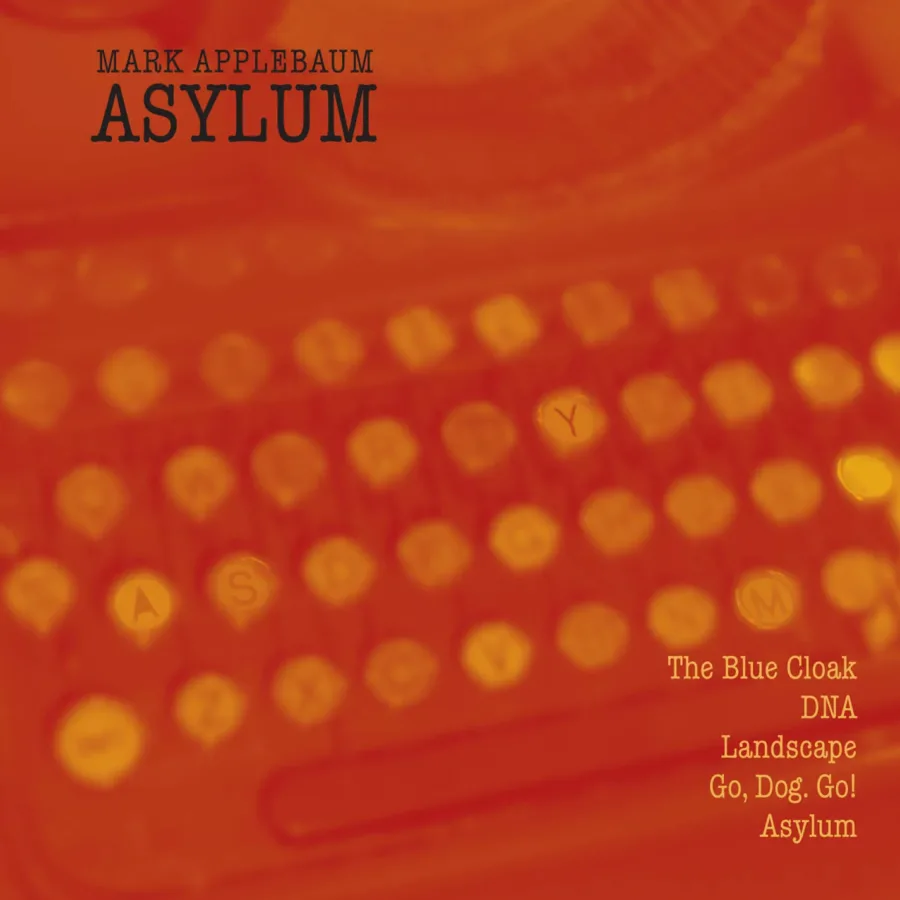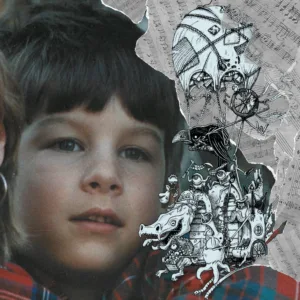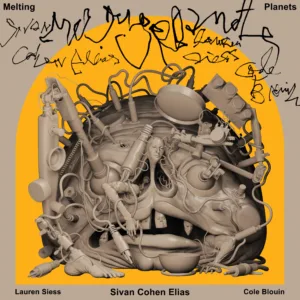Clinically speaking, Mark Applebaum does not have any of the mental disorders described in the American Psychiatric Association’s Manual. It’s not for want of trying though. From his Bay Area asylum he obsessively ponders the world of irrational behavior and has a tendency to illustrate psychological disorders in sound.
In his idiosyncratic chamber work “Asylum” this takes the form of a bipolar octet, an obsessive-compulsive trio, a narcoleptic quartet, an attention-deficit hyperactivity quintet, a paranoid flutist, a catatonic horn player, an anti-social guitarist, a narcissistic contrabassist, a dependent violist, and a Tourette’s octet…
Mark’s 9th innova release also finds him lucidly contemplating the “teaming figure paintings” of Bruegel whose complex Renaissance village scenes become more didactic and absurd the closer you look at them. Go, Dog. Go! derives its structure from a deep analysis of 17 categories of canine combined with musical shadows of Led Zeppelin, James Brown, Jimi Hendrix, Abba, and Spice Girls. It’s not just for bedtime any more.
Mark’s imaginary friends turn out to be some of the top new music performers from Europe and the U.S: the percussion duo Skin & Bones, Vienna’s Ensemble XX. Jahrhundert, virtuoso guitarist Magnus Andersson, The Harmida Piano Trio, and Belgian new music ensemble Champ d’Action. This musical bedlam has so much order you may end up believing you are the crazy one.








